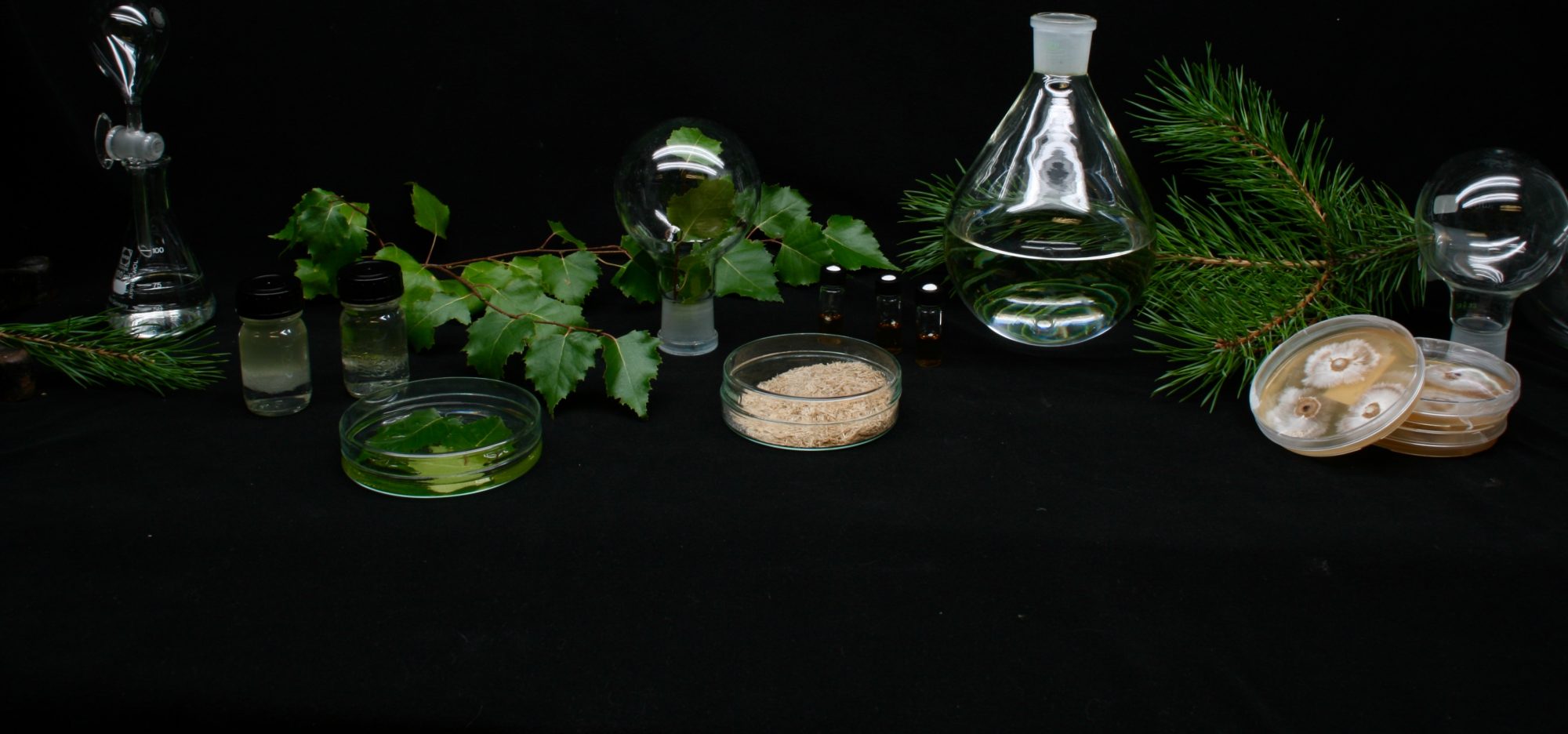
Last December, four FoMSci group members travelled to Italy to work in the Elettra Sincrotrone Trieste facilities. This experiment is a part of the iOLEO project (three-year research grant), which aims to develop novel oleogels with tailorable digestibility, unlocking the potential of oleogels as a tool for fat replacement and bodyweight management.
MSc Tiago C. Pinto, who is working as a doctoral researcher for the iOLEO project, under the supervision of Docent Fabio Valoppi, carefully oversaw the planning of this intensive study. After months of painstakingly planning the work, the 48-hour experiment took place at the XRD1 beamline, with the intent of shedding light on the evolution of lipid crystals contained in engineered oleogel-based emulsions during simulated gastrointestinal digestion. This very ambitious experiment encompassed the in-situ analysis of 16 emulsion formulations with different lipid core materials and emulsifiers, each of them requiring at least 4 hours of simulated digestion. Time constraints were evident, and the complexity of the experiment required Tiago and Fabio to be joined by MSc Afsane Kazerani Garcia and BSc Christos Papadogiannakis. As they are both working on oleogel-related projects, their proficiency in the lab and familiarity with the topic was very valuable in making this experiment a fruitful one. Cooperation and teamwork were the factors that made this a successful venture, but the ability to keep calm even when things weren’t working in the researchers’ favour was key.
“Keeping the morale up while working two consecutive 20-hour shifts, with a small break of about 4 hours between them is not easy, especially when everything seemed to be stacked against us. After all the months of preparation and planning, having only 48 hours to accomplish everything that I intended brought a lot of pressure. Luckily, we were able to make it through and come out on the other side with very interesting observations. The dataset is still under processing, but we are confident that these are results that can provide a very valuable step towards revolutionising the field.”, Tiago said.
The results are being analysed with the collaboration of beamline scientist Dr. Luisa Barba, whose expertise and availability were essential during the planning and execution of the experiment. After the beam time, the team took a much-deserved day of rest with some exploring of the city of Trieste, as well as a short visit across the border to the historic port town of Koper, in Slovenia.
One of the most prevalent targets in the study of oleogels is their use as a replacement of fats from food chains, with one of the biggest hurdles being the achievement of similar macroscopic properties to replicate them. The characterisation of matter via X-rays can reveal structural differences at the molecular level that justify macroscopic properties and their variations. X-rays are an invaluable probe of the structure of matter, and the range of problems where X-rays have proved to be decisive in unravelling a material structure is very wide. In this case, understanding the evolution of lipid crystals (lipid crystal size, shape, and polymorphic form) will allow a better design of emulsions, leading to a tailored lipid digestion and release. This knowledge is of paramount importance when designing and developing engineered emulsions with tailorable digestibility. The synchrotron analysis offers the possibility to structurally characterise matter at many different levels, in a way that wouldn’t be possible using benchtop X-ray diffraction equipment. The level of detail that these results provide will play a pivotal role in understanding the structural response of simple differences in the composition of engineered emulsions.









